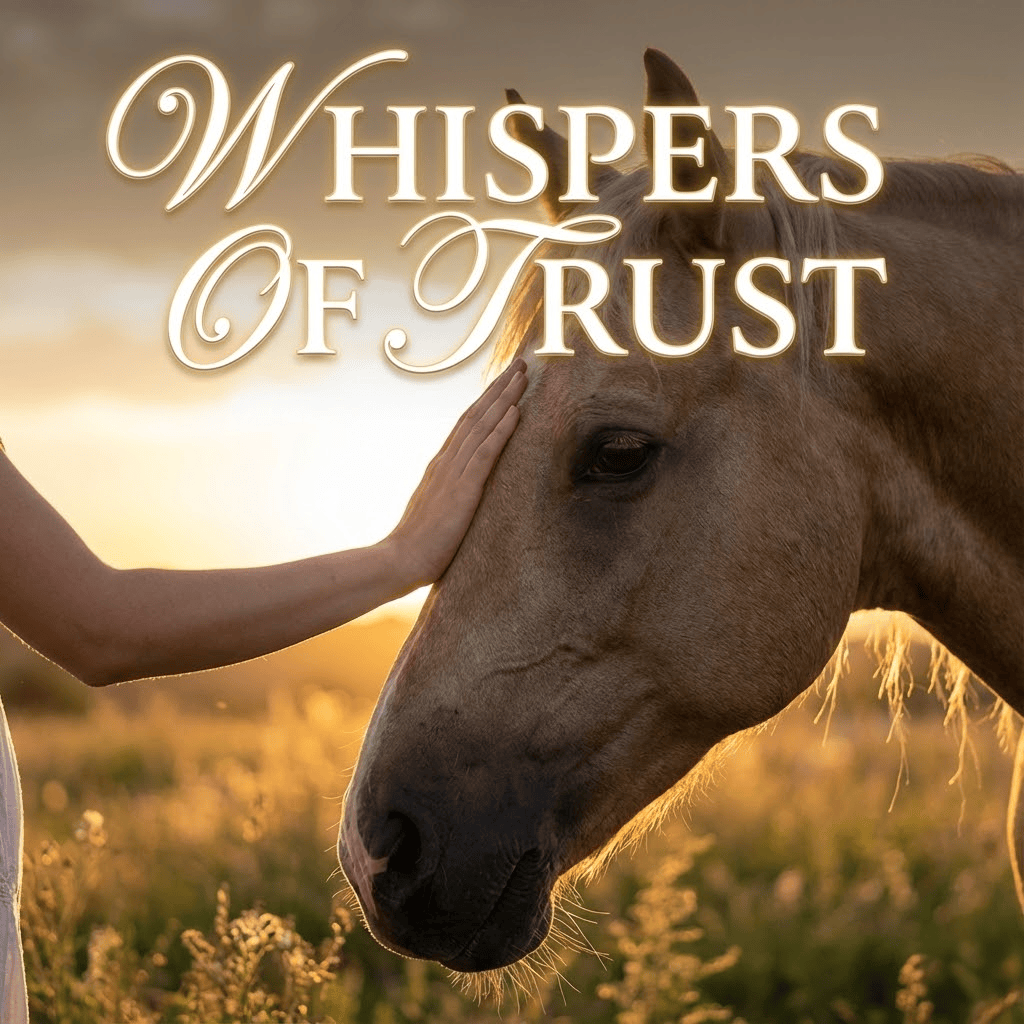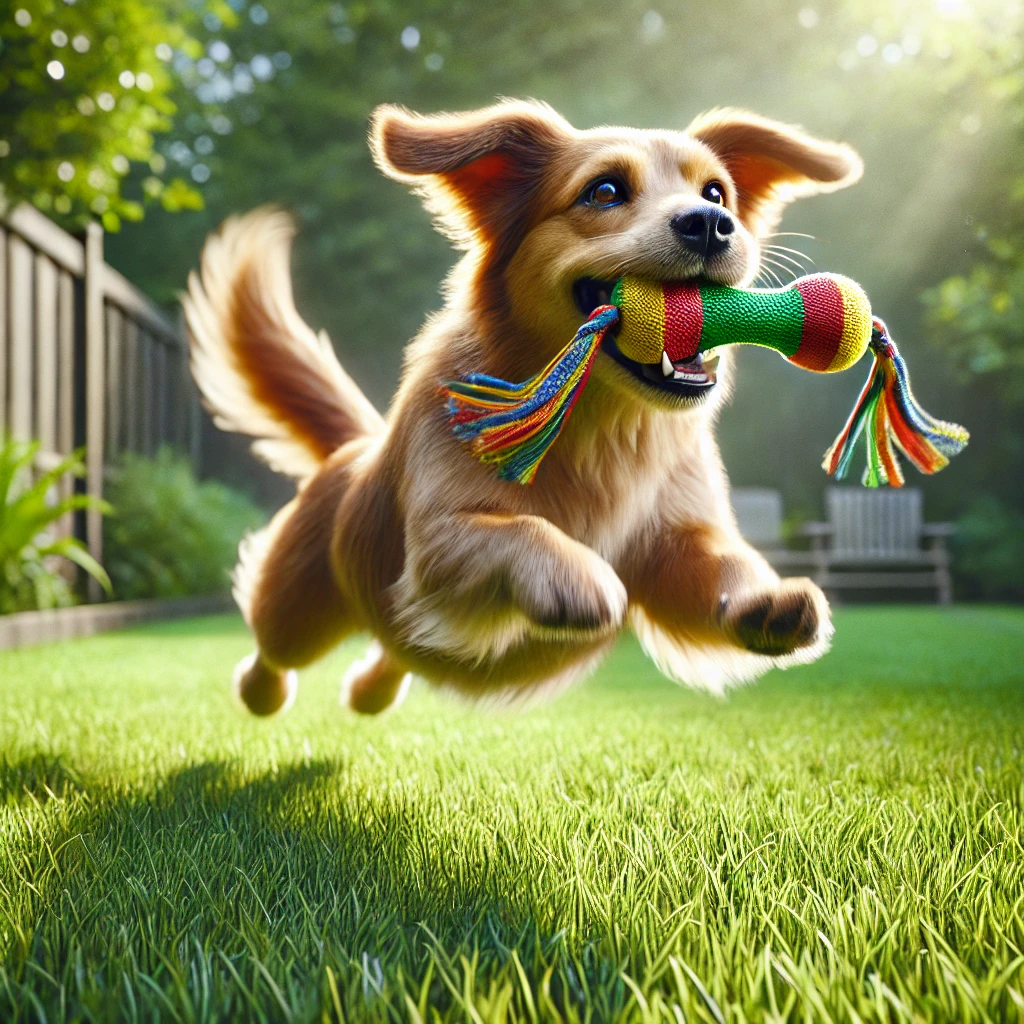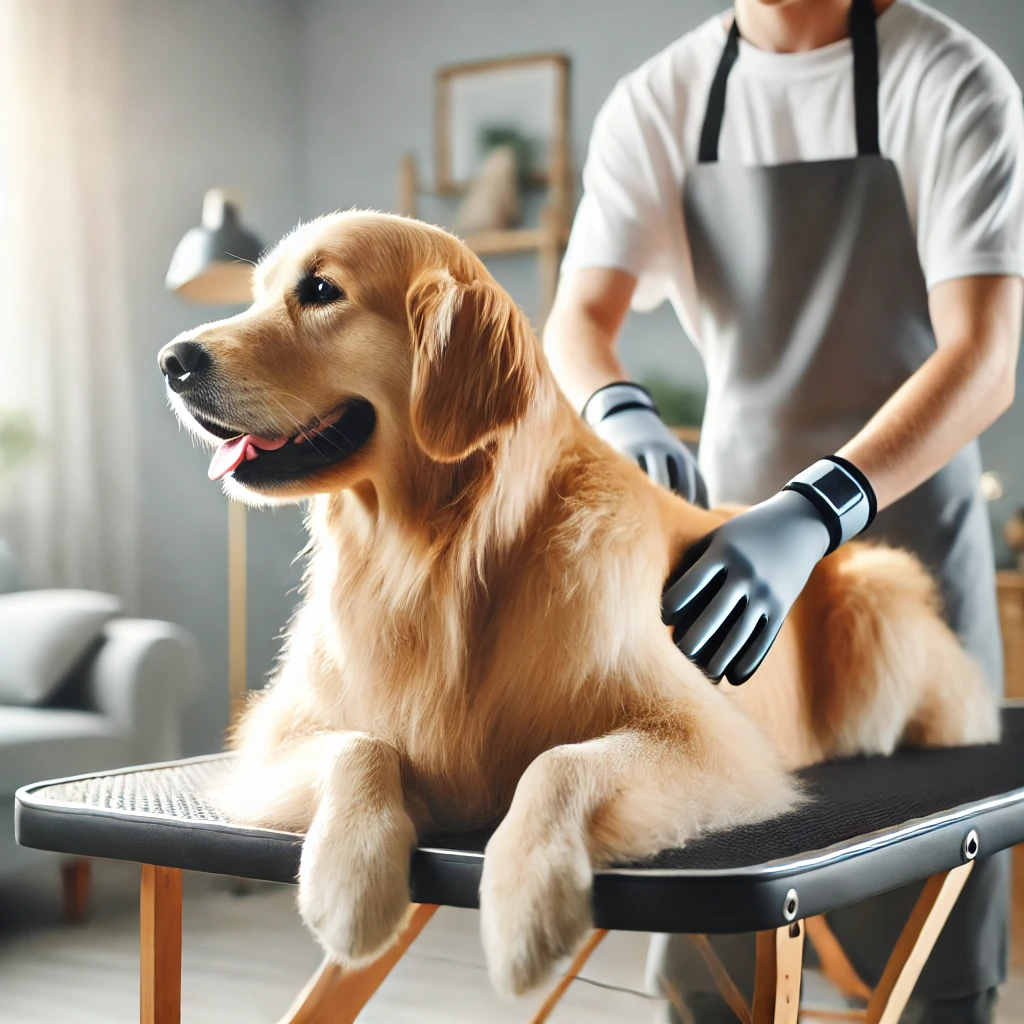1. Introduction: Understanding Horse Body Language
Understanding the body language of the horse (Equus ferus caballus) is the fundamental and most vital entry point for establishing an effective and safe partnership between humans and horses. This extensive research report aims to decode the complex codes of horse body language. It is based on the latest findings in ethology, neuroscience, and evolutionary psychology. However, horse body language cannot be reduced to simple movements of the ear or tail. Rather, it is an integrated and complex communicative system. This system is the result of millions of years of biological evolution that shaped this creature to be a hypersensitive “Prey Animal.”
To understand the depth of horse body language, one must first realize that the horse possesses a psychological and neurological structure that differs radically from humans or other predators like dogs and cats. Humans, as predators at the top of the food chain, tend towards direct focus, linear thinking, and confrontation. In contrast, the horse is a creature that lives by the principle of “survival of the fastest and most attentive.” Consequently, this evolutionary dynamic dictates that horse body language is designed primarily to detect threats, maintain herd cohesion, and regulate energy.
1.1 Prey Psychology and Its Impact on Horse Body Language
Scientific literature categorically indicates that the governing instinct of horse behavior is the “Flight Instinct.” This is the main driver of horse body language. A horse does not face danger unless completely trapped; essentially, its first and permanent choice is flight. This is not “cowardice” in the human sense. On the contrary, it is a successful survival strategy that enabled its ancestors to survive on open plains for millions of years. The horse possesses a nervous system designed for immediate response to visual and auditory stimuli. As a result, this response is translated immediately through horse body language, where it can switch from a state of total relaxation to sprinting at maximum speed in a fraction of a second.
Furthermore, horse body language is directly affected by the “Fight or Flight Response” mechanism. When a horse senses danger, its body releases stress hormones (adrenaline and cortisol). This leads to physiological changes clearly visible in horse body language: raising the head to widen the field of vision, muscle tension in preparation for movement, and flaring of the nostrils to increase oxygen flow. Understanding this mechanism prevents the handler from misinterpreting horse body language and viewing fear behaviors as “stubbornness” or “misbehavior.” Unfortunately, this is the most common mistake that destroys trust.
1.2 Sensory Perception and Its Relation to Horse Body Language
Horse body language cannot be separated from the way the horse perceives its world. Anatomically, the horse’s eyes are located on the sides of its head. This grants it a panoramic field of vision approaching 360 degrees. However, there are small “blind spots” only directly in front of its nose and directly behind its tail. This visual design means the horse sees the world in a completely different way than humans with Binocular Vision. Naturally, this reflects permanently on horse body language.
For example, a horse can detect the slight movement of a leaf from a distance. Its nervous system may interpret it as a potential threat (such as a lurking predator). Horse body language appears at that moment in the form of freezing, ear focus, or raising the neck as a direct response to this unique sensory perception. Furthermore, horses possess extremely acute hearing. Their ears can rotate 180 degrees independently to pinpoint the source of sound with extreme precision. Thus, this is an integral part of horse body language as directional signals.
1.3 Social Structure and the Role of Horse Body Language in the Herd
Horses are social creatures par excellence. They live in herds with a precise hierarchical structure that relies entirely on horse body language for communication. In the wild, individual survival depends on the ability to read very subtle signals from peers through horse body language. Horses do not communicate by screaming; sound might attract predators. Instead, they developed a complex system of “Silent Signals” within horse body language. A sharp look from the lead mare, a simple movement of the ear, or a slight shift in body weight are all clear messages understood immediately by herd members.
When a human interacts with a horse, they enter this social context. Therefore, they become subject to the laws of horse body language. The horse reads human body language in the same way it reads other horse body language. It looks for answers to pivotal questions: “Is this person a trustworthy leader? Is he a source of threat?” Studies indicate that horses are extremely sensitive to human body language and energy levels. They are capable of distinguishing between an angry, happy, and relaxed human based on the principles of horse body language. Consequently, building trust requires the human to master this silent language and use horse body language clearly and consistently.
2. Detailed Anatomy of Horse Body Language: Reading the “Full Picture”
The biggest challenge in reading horse body language is avoiding “Tunnel Vision.” This implies focusing on one part of the body and ignoring the rest. Communication via horse body language is an integrated symphony; the ears give a signal, the tail gives another, and mouth tension provides a third context. To obtain an accurate reading of horse body language, all these elements must be analyzed together within the surrounding environmental context.
2.1 The Ears: Radars of the Mental State in Horse Body Language
The ears are the clearest and fastest indicator of changes in the horse’s attention and mood within the dictionary of horse body language. Thanks to the presence of 16 muscles moving a single ear, horses possess an exceptional ability to express through them.
Table 1: Analysis of Ear Positions and Their Meanings
| Ear Position | Anatomical and Behavioral Description | Psychological Meaning |
| Pricked (Forward) | Ears are erect and pointed sharply forward. | High Alert. A state of curiosity. In horse body language, this means the horse is focusing its sight and hearing on something of interest. If the body is tense, it is wary of danger. |
| Lopped (Relaxed Side) | Ears drooping towards the sides loosely (“airplane ears”). | Relaxation. A primary sign in horse body language of deep relaxation, comfort, or drowsiness. Often appears during napping or rolling. |
| Turned Back | Ears directed backward but not flattened against the neck. | Listening. The horse is focusing its hearing on something located behind it. In horse body language, this is a positive sign of communication and focus with the rider. |
| Swiveling | Ears moving independently and rapidly in different directions. | Scanning. Horse body language here indicates a state of anticipation or mild anxiety and auditory scanning of the environment. |
| Pinned Ears | Ears pressed firmly back until touching the neck. | Aggression. An extreme warning signal in horse body language. It means severe anger, aggression, and readiness to attack. |
In-depth Analysis: A precise distinction must be made in horse body language between ears turned back for listening, and those flattened for aggression. In cases of severe pain, a horse may flatten its ears as part of the “Pain Face” in horse body language.
2.2 The Eyes: Mirror of the Nervous System in Horse Body Language
The eye is the direct window to the state of the horse’s autonomic nervous system. Thus, it is an integral part of horse body language. Changes in eye shape, blink rate, and the appearance of the whites of the eye give vital information.
- Soft Eye: Characterized by relaxed eyelids. This is a very positive sign in horse body language indicating learning and trust.
- Hard/Tense Eye: A piercing and focused look. This is considered in horse body language as an indicator of fear or pain, especially with the appearance of wrinkles above the eye.
- Whale Eye/Sclera: When the white of the eye shows, horse body language here screams of terror and extreme panic, and the horse is ready to flee.
- Partial Closing: May indicate relaxation. However, in the context of horse body language related to pain, it may mean withdrawal resulting from chronic suffering.
2.3 Mouth, Muzzle, and Jaw: Silent Tension Indicators in Horse Body Language
The mouth and jaw area stores a lot of tension. Therefore, reading it is essential to understand horse body language accurately.
- Drooping Lips: The drooping of the lower lip is one of the clearest signs of relaxation in horse body language.
- Tight Muzzle and Flared Nostrils: Excessive expansion of nostrils in horse body language indicates extreme fear or pain, while an oval shape is natural.
- Licking and Chewing: Will be detailed later as a pivotal part of horse body language related to learning.
- Teeth Grinding: A dangerous sign in horse body language indicating physical pain or psychological stress.
2.4 The Tail: The Moving Emotional Barometer in Horse Body Language
Tail movement is not random. On the contrary, it is an important expressive element in horse body language.
- Flagged Tail: In horse body language, this means extreme excitement (positive or negative depending on context).
- Clamped Tail: A sign of submission or pain in horse body language, where the horse protects its rear area.
- Tail Swishing: Violent movement of the tail is an explicit expression in horse body language of annoyance, anger, or pain.
2.5 Legs and Body Posture: The Language of Readiness
- Resting Hind Leg: A classic part of horse body language indicating relaxation.
- Pawing: May mean in horse body language impatience or severe pain.
- Stomping: A clear sign of annoyance in horse body language and may precede kicking.
3. Vocal Communication and Its Relation to Horse Body Language
Although horses rely on horse body language for more than 90% of communication, they possess a rich vocal lexicon that complements what is expressed by horse body language. The Arabic language documented these sounds, and modern science has functionally linked them to horse body language.
3.1 Analysis of Sounds and Their Meanings
- Whinny: A social call often accompanied by tension in horse body language to search for the herd.
- Nicker: A sound of affection coinciding with calm and welcoming horse body language.
- Squeal: A defensive aggressive sound accompanied by striking with the hand (front leg) in horse body language to reject contact.
- Alarm Snort: A danger alert coinciding with an alert posture in horse body language.
- Positive Snort: The “purrr” sound which is a strong indicator in horse body language of happiness and relaxation.
3.2 The Scientific Study of the Positive Snort
Studies have proven that the sound of snorting is closely linked to positive emotions and enhances our understanding of horse body language. The presence of this sound means the horse is in a state of internal relaxation. This makes it an audible sign confirming what we see in horse body language regarding comfort.
4. Neuroscience and Calming Signals in Horse Body Language
To understand horse body language deeply, one must look at the balance of the Sympathetic Nervous System (Fight/Flight) and the Parasympathetic Nervous System (Rest/Digest). Horse body language is a direct reflection of this balance.
4.1 The Truth About “Licking and Chewing” in Horse Body Language
Traditionally, this movement in horse body language was interpreted as submission. However, modern science explains that licking and chewing occur when the horse transitions from tension (Sympathetic) to relaxation (Parasympathetic). Therefore, in the dictionary of horse body language, this movement means “release from tension” and not submission. It is a vital sign of training success.
4.2 Calming & Displacement Signals
Within horse body language, there are specific signals to calm the self and avoid conflict:
- Looking Away: A polite signal in horse body language saying “I am not a threat.”
- Head Lowering: One of the strongest signs of trust in horse body language, and it releases calming hormones.
- Yawning: Often a displacement behavior in horse body language to get rid of tension.
- Displacement Behaviors: Such as scratching the nose, reflecting internal conflict appearing through horse body language.
5. Distinguishing Between “Misbehavior” and Pain Via Horse Body Language
One of the most important applications of understanding horse body language is the ability to distinguish pain. Horses hide their pain, so expressions of pain in horse body language are very subtle.
5.1 Horse Grimace Scale (HGS) and Horse Body Language
This scale relies on monitoring subtle changes in horse body language, specifically the face:
- Stiffly backward ears (part of horse body language for pain).
- Orbital tightening and tension above the eye (a distinctive sign in horse body language for suffering).
- Flattened nostrils and tension in the jaw.
5.2 Pain vs. Fear in Horse Body Language
Distinguishing between them is fundamental:
- Fear in Horse Body Language: Wide eye, raised head, outward attention, rapid movement.
- Pain in Horse Body Language: Dull eye, lowered head, inward attention (withdrawal), reluctance to move.
- Example: If a horse swishes its tail (negative sign in horse body language) at the saddle, this is likely pain and not stubbornness.
6. Trust Building and Training Methodologies Using Horse Body Language
Modern equestrian schools rely on understanding horse body language to build partnership.
6.1 The Principle of “Pressure and Release” and Horse Body Language
Negative reinforcement relies on reading horse body language. When the horse responds, pressure must be removed immediately. The horse understands through horse body language that comfort is the reward.
6.2 “Join-Up” Technique and Mimicking Horse Body Language
This technique uses innate horse body language. The trainer watches for signs in horse body language such as the inner ear and licking and chewing. When they appear, the trainer changes their body language to invite the horse to approach, mimicking herd rituals.
6.3 Signs of Absolute Trust in Horse Body Language
- Lying Down in Your Presence: The pinnacle of trust in horse body language.
- Mutual Grooming: Social behavior in horse body language expressing affection.
- Shared Breathing: A very intimate greeting in the dictionary of horse body language.
7. Conclusion and Practical Recommendations
Mastering horse body language is not just a technical skill, but a shift in consciousness. It requires humans to abandon their ego as a predator, and adopt the sensitivity of prey to understand horse body language. Scientific evidence indicates that horses speak all the time via horse body language; the problem is not in their transmission, but in our reception.
Roadmap for building an ideal relationship via understanding horse body language:
- Silent Observation: Observe horse body language in the pasture without interference to understand your horse’s nature.
- Check for Pain First: Use pain indicators in horse body language before judging behavior.
- Regulate Energy: Remember that horse body language is a mirror of your emotions; calm down so your horse calms down.
- Respect the “No”: If horse body language expresses fear, retreat to build trust.
In the end, the relationship with a horse is a delicate dance relying entirely on understanding horse body language. When you master reading the whispers in horse body language, your horse will not have to scream.




